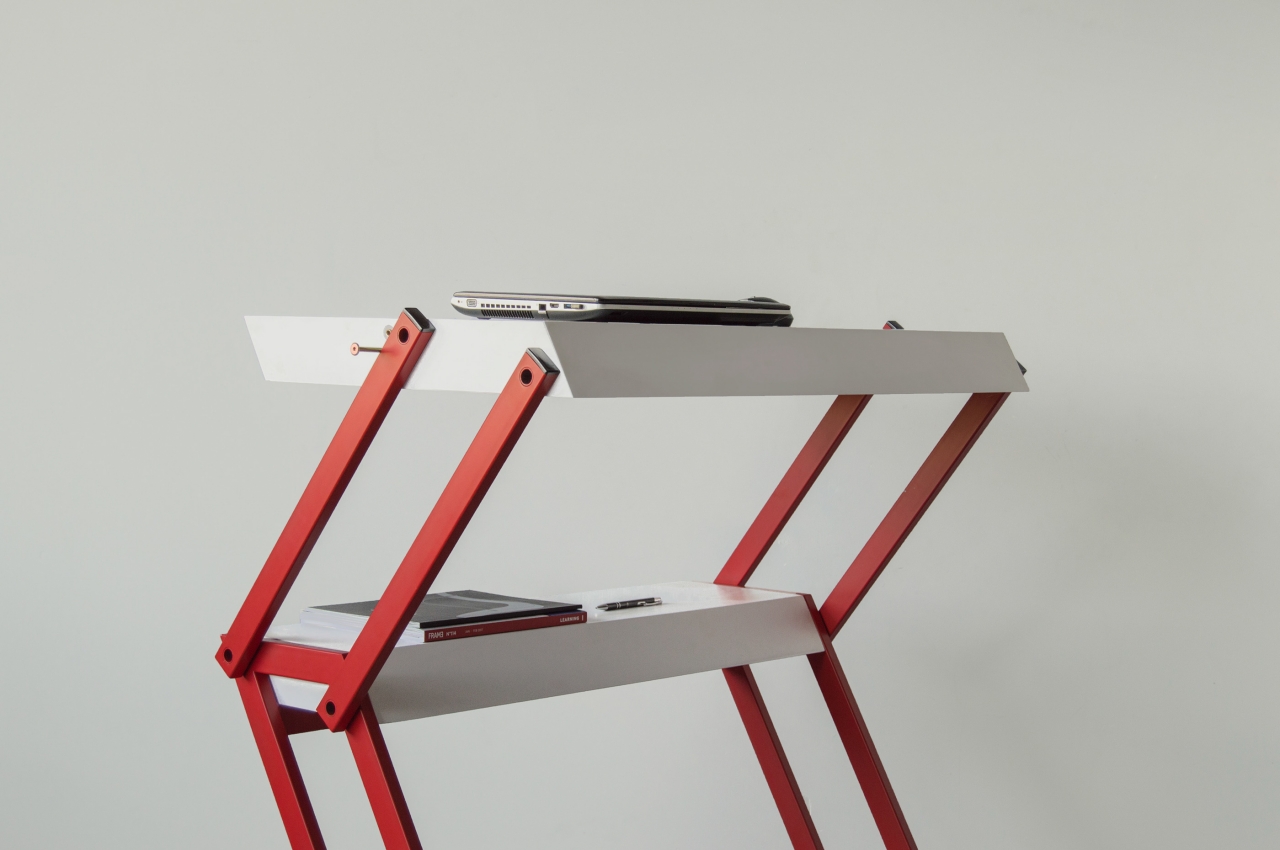#What Is Computational Photography?

Table of Contents
“#What Is Computational Photography?”

Computational photography is responsible for most of the amazing strides our smartphone cameras have taken in the last decade. Here’s how it works, and how it makes our photos so much better.
The Magic of Computational Photography
Computational photography uses digital software to enhance the photos taken by a camera. It’s most prominently used in smartphones. In fact, computational photography does the heavy lifting to create the great-looking images you see in your smartphone photo gallery.
The rapid improvement in smartphone cameras over the last few years can largely be attributed to improving software, rather than changes to the physical camera sensor. Some smartphone manufacturers, like Apple and Google, continuously improve the photo-taking capabilities of their devices year after year without ever drastically changing the physical camera sensors.
Why Does Computational Photography Matter?

How a camera digitally captures a photo can be roughly divided into two parts: the physical component and image processing. The physical component is the actual process of the lens capturing the photograph. This is where things like the size of the sensor, lens speed, and focal length come into play. It’s in this process that a traditional camera (like a DSLR) really shines.
The second part is image processing. This is when the software uses computational techniques to enhance a photo. These techniques vary from phone to phone and manufacturer to manufacturer. Generally, though, these processes work together to create an impressive photograph.
Even the most top-end phones tend to have tiny sensors and a slow lens due to their size. This is why they have to rely on image processing methods to create impressive photos. Computational photography isn’t necessarily less or more important than physical optics; it’s just different.
However, there are some things a traditional camera can do that a smartphone camera cannot. This is mostly because they’re much larger than smartphones, and they have gigantic sensors and swappable lenses.
But there are also some things a digital smartphone camera can do that a traditional camera cannot, and that’s all thanks to computational photography.
RELATED: How Photography Works: Cameras, Lenses, and More Explained
Computational Photography Techniques

There are a few computational photography techniques smartphones use to create fantastic images. The most important of these is stacking. It’s a process in which multiple photos are taken by a camera at different times, and different exposure or focal lengths. They’re then combined by software to retain the best details from each image.
Stacking is responsible for most of the huge strides that have occurred in mobile photography software over the last few years, and it’s used in most modern smartphones. It’s also the technology on which high-dynamic-range (HDR) photography is based.
Because the dynamic range of a photograph is limited by the exposure of that specific shot, HDR takes an image at varying exposure levels. It then combines the blackest shadows and brightest highlights to create one photo with a larger range of colors.
HDR is a staple feature of any top-end smartphone camera.

Pixel binning is another process utilized by smartphone cameras with high-megapixel sensors. Rather than stacking different photos on top of one another, it combines adjacent pixels in a very high-resolution image. The final output is downsized to a more detailed, but less noisy, low-resolution image.
Today’s great smartphone cameras are often trained on a neural network, which is a series of algorithms that process data. It’s intended to simulate what the human brain can do. These neural networks can recognize what constitutes a good photo, so the software can then create an image that’s pleasing to the human eye.
RELATED: What Is HDR Photography, and How Can I Use It?
Computational Photography in Action
Virtually every photograph we take with our smartphone uses computational photography to enhance the image. However, phones have gained the following notable features that highlight the software processing power of their cameras over the last few years:
- Night mode (or night sight): This process uses HDR processing techniques to combine photos taken across a different range of exposure lengths to expand the dynamic range of an image shot in low light. The final photo will contain more details and appear more properly lit than one taken with a single exposure.
- Astrophotography: A variation on night mode, this feature is available in Google Pixel phones. It allows the camera to take detailed images of the night sky, featuring stars and heavenly bodies.
- Portrait mode: The name of this mode varies. Generally, though, it creates a depth-of-field effect that blurs the background behind the subject (usually a person). It uses software to analyze an object’s depth relative to other objects in the image, and then blurs those that seem farther away.
- Panorama: A shooting mode available on most modern smartphones. It allows you to composite images next to each other, and it then combines them into one large, high-resolution image.
- Deep Fusion: Introduced on last year’s iPhone 11, this process uses neural network technology to significantly reduce noise and improve the detail in shots. It’s particularly good for capturing images in medium- to low-light conditions indoors.
- Color toning: The process phone software uses to automatically optimize the tone of any photo you take. This is done even before you edit it yourself with filters or in an editing app.

The quality of the features above vary by manufacturer. The color toning, in particular, tends to be noticeably different. Google devices take a more naturalistic approach, while Samsung phones typically take high-contrast, highly saturated images.
If you’re looking to buy a new smartphone and photography is important to you, be sure to check out some sample photos online. This will help you choose the phone that’s right for you.
RELATED: What Is the Deep Fusion Camera on the iPhone 11?
If you liked the article, do not forget to share it with your friends. Follow us on Google News too, click on the star and choose us from your favorites.
For forums sites go to Forum.BuradaBiliyorum.Com
If you want to read more like this article, you can visit our Technology category.




